Hello from a 32°C Brazil from Hayden, Amelie, Arjun, and Kristen!
We left this morning from Nucleo Santa Virginia and travelled an hour and a half along a very, very windy highway to Nucleo Picinguano, Parque Estadual da Serra do Mar. We met Aline, Leo, and Luciano and they gave us an introduction to the park, surrounding area, and the kind of ecotypes we would be seeing on the trip.
After getting dropped off at the trailhead, we ventured into our first habitat: restinga (a lowland forest situated on sand dunes). We learned about how the area (called “borrow land”) had been heavily disturbed by the development of the nearby highway. This part of our walk was dominated by glachina (a type of fern), jaguar’s ears, and pischinca. As we hiked our way into the more dense natural/less disturbed restinga forest, we spotted many jucara palms (Euterpe edulis). Here, Sean gave his species account, in which we learned that the jucara palm is endemic to the Atlantic coastal forest, and endangered due to overharvesting of its apical meristem, also known as “heart of palm”.
As we approached the coast there was a change in vegetation – dominated by three types of mangrove trees; Red mangrove, Black mangrove and the most common, White mangrove. Our guides (Leo, Cristinao, and Lucioano) then helped us into flat bottom river boats that we paddled through the mangrove habitat. Along the way, we spotted the beautiful roseate spoonbill (Platalea ajaja) that sported a vibrant fuscia under-wing. Great egrets (Ardea alba), snowy egrets (Egretta thula), and cocoi heron (Ardea cocoi) were also noted within the mangrove habitat. We then pulled up to shore at a break in the mangroves and discussed the significance of each of the three mangrove species as well as the ecological and cultural importance of this habitat. These mangroves are important breeding ground for many species of crabs and fish and provide protection for young members of the species. During the last part of our hike we came across ambay pump-wood (Cecropia pachystochyai) and Riley delivered her species account. This species is a pioneer species and one of the first colonizers in disturbed or recovering habitats.
After a lovely but late lunch (around 3pm) at the Picinguaba field station (a mix of potato and cassava fries, local fish if desired, beans, quilombolo salad with banana heart) we spent an hour on the beach before heading back to Nucleo Santa Virgina for dinner and a debrief of the day.
- Spot-backed antshrike
- Saffron finch female
- Roseate spoonbill
- Great egret in mangroves
- Bromeliad in mangroves
- Cocoi heron
- Snowy egret
- Hibiscus
- Orb-weaver
- Riley giving her species account
- One of our guides Cristiano propelling some of us through the mangroves
- Emma and Alex.
- The long boat
- The crew
- Setting up the day
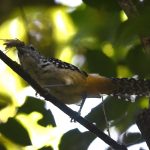
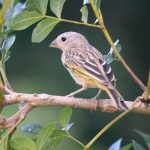
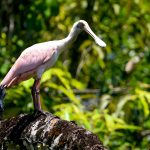
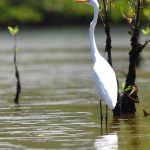
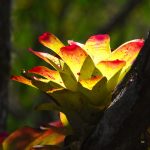
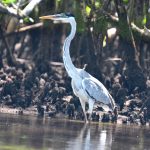
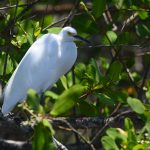
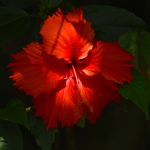
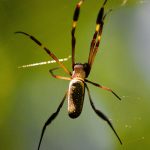
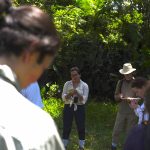
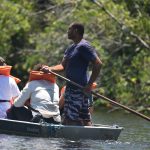
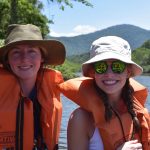
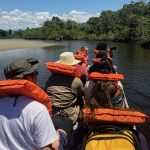
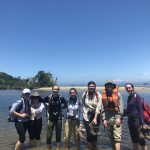
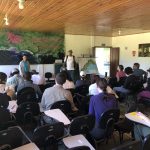
Leave a Reply